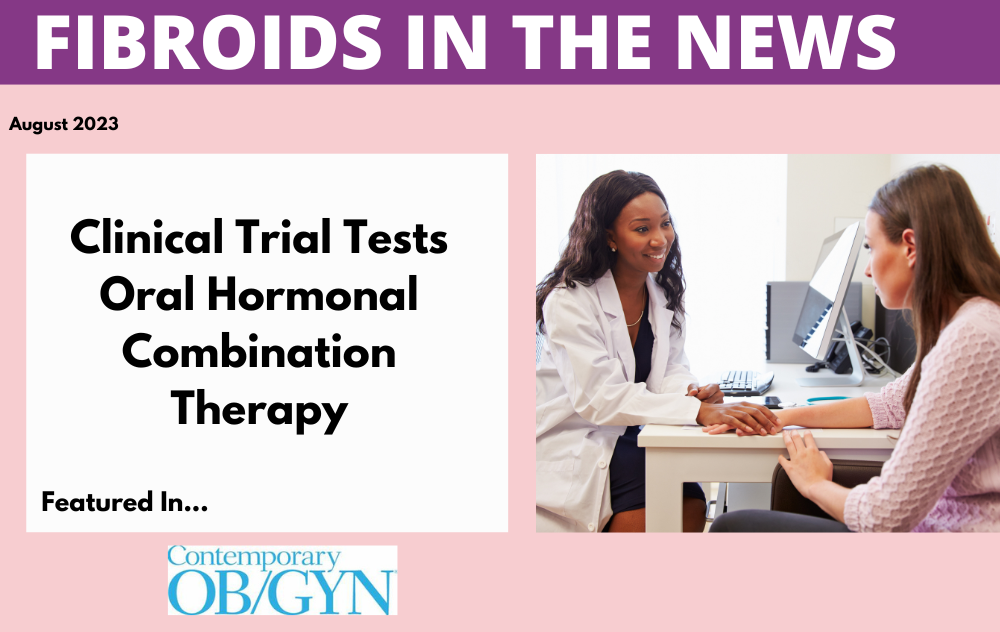
A clinical trial investigated reducing symptoms and severity of uterine fibroids and endometriosis using a combination of oral therapy was found to be promising.
Fibroids and endometriosis are two common gynecological conditions that can cause significant pain and discomfort for women. Fibroids are non-cancerous growths that develop in the uterus. At the same time, endometriosis is a condition in which tissue that normally lines the inside of the uterus grows outside of the uterus. The exact cause of either condition is unknown, but they are thought to be related to hormones.
Both fibroids and endometriosis can cause heavy menstrual bleeding, pain and other symptoms. In some cases, they cause infertility.
Both fibroids and endometriosis can cause heavy menstrual bleeding, pain and other symptoms. In some cases, they cause infertility.
- Endometriosis is a chronic issue and, if left untreated, can cause cysts, adhesions and scar tissue to develop in the ovaries and fallopian tubes. Symptoms including:
- menstrual pain,
- pelvic pain,
- painful intercourse
- lower back pain,
- painful urination.
- Uterine fibroids are non-cancerous tumors that grow within or on the uterus. Symptoms include:
- exhibit heavy menstrual bleeding.
- pelvic pain or pressure
- frequent urination
- painful intercourse
- low energy levels
- stomach bloating
- constipation
Women in the study, suffering from endometriosis or uterine fibroids were prescribed a new combination therapy, a treatment approach that uses two or more medications or other therapies together.

The new combination therapy is called relugolix-CT.
- Relugolix-CT is a new treatment for uterine fibroids and endometriosis. It is a once-daily oral medication that combines three drugs: relugolix, estradiol, and norethindrone acetate. It has been approved for treating heavy menstrual bleeding associated with uterine fibroids and moderate to severe endometriosis pain.
How does Relugolix-CT work?
- Relugolix-CT works by blocking the effects of GnRH. This causes the ovaries to stop producing estrogen and progesterone.
- The decrease in estrogen and progesterone levels leads to a reduction in menstrual bleeding and pain.
Results of the Study
Investigators concluded that Relugolix-CT is a long-term combination treatment option for uterine fibroid and endometriosis that can be used for up to 24 months.
It is effective in women’s pain symptoms and is considered safe and well-tolerated. Future studies will be conducted to analyze the contraceptive safety and effectiveness of Relugolix-CT.
Read the complete article here to learn about this clinical trial in detail.







